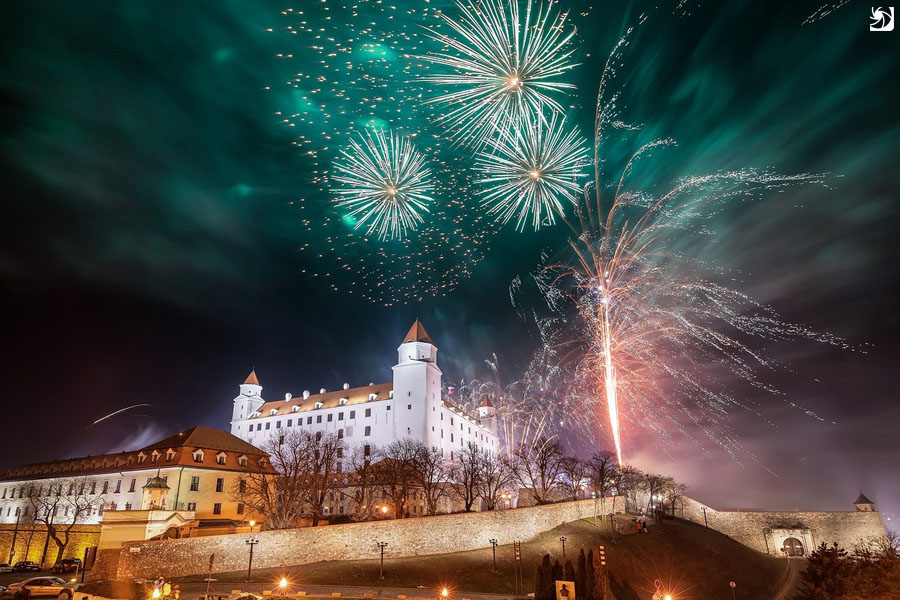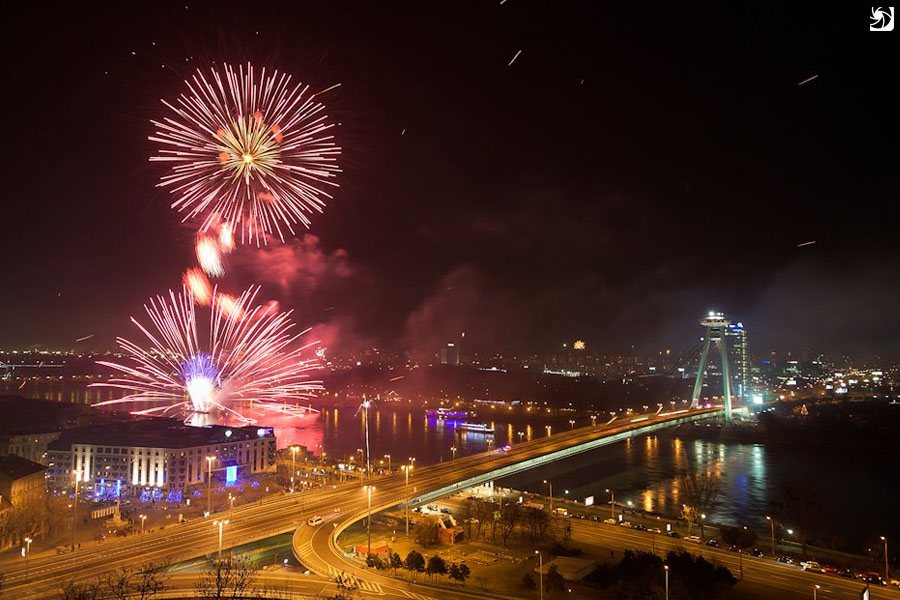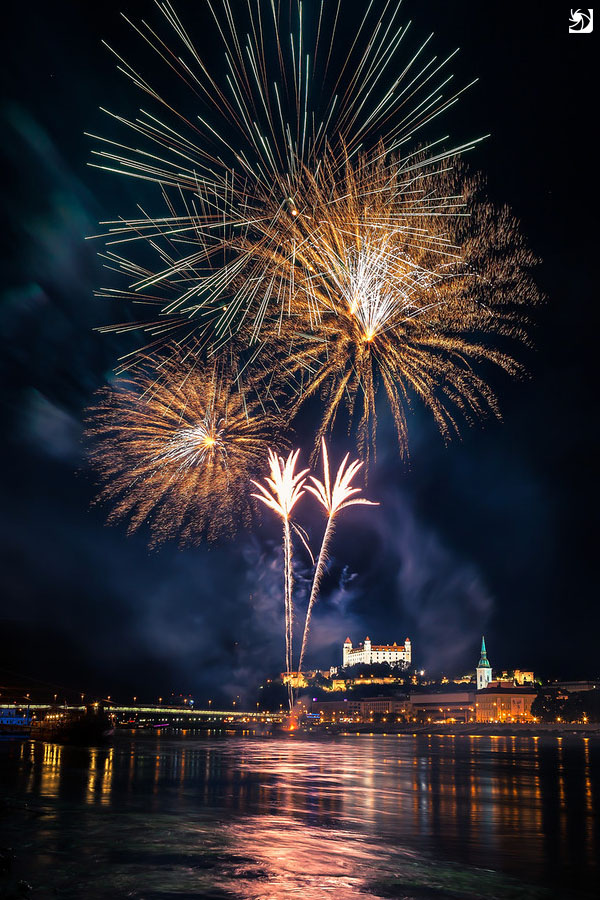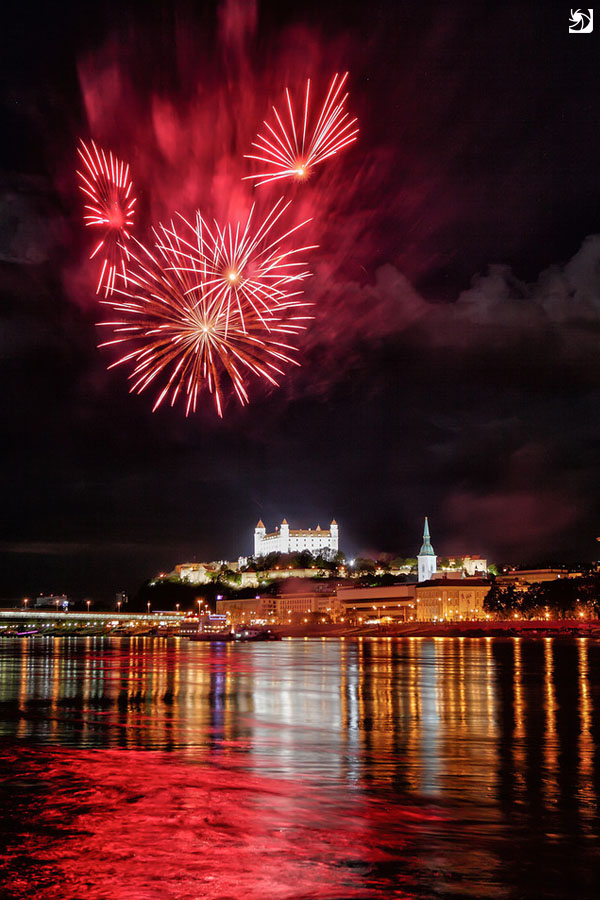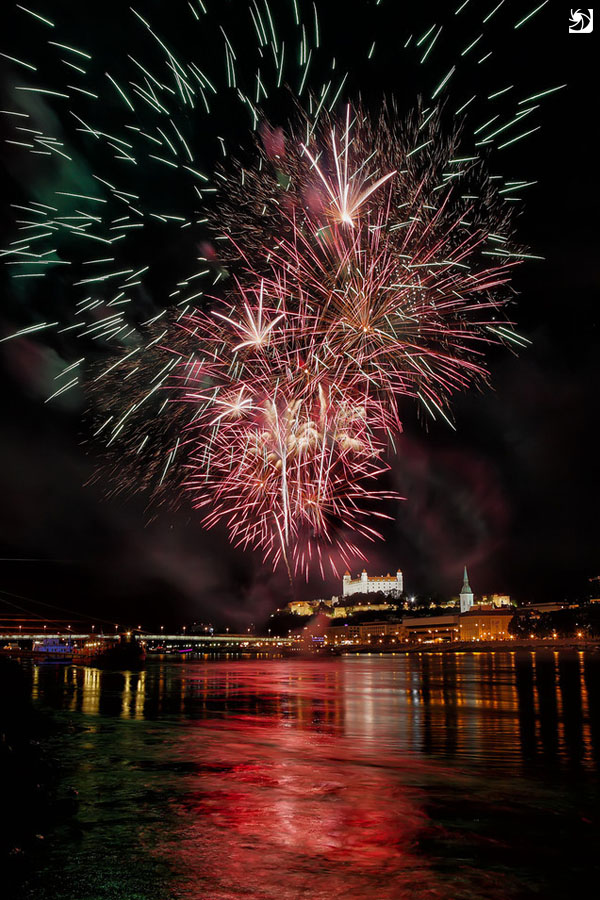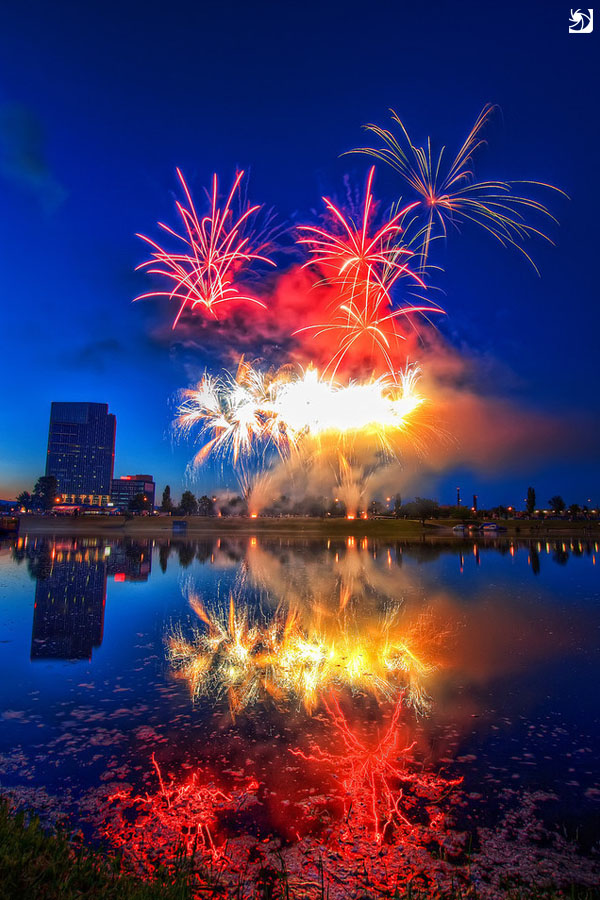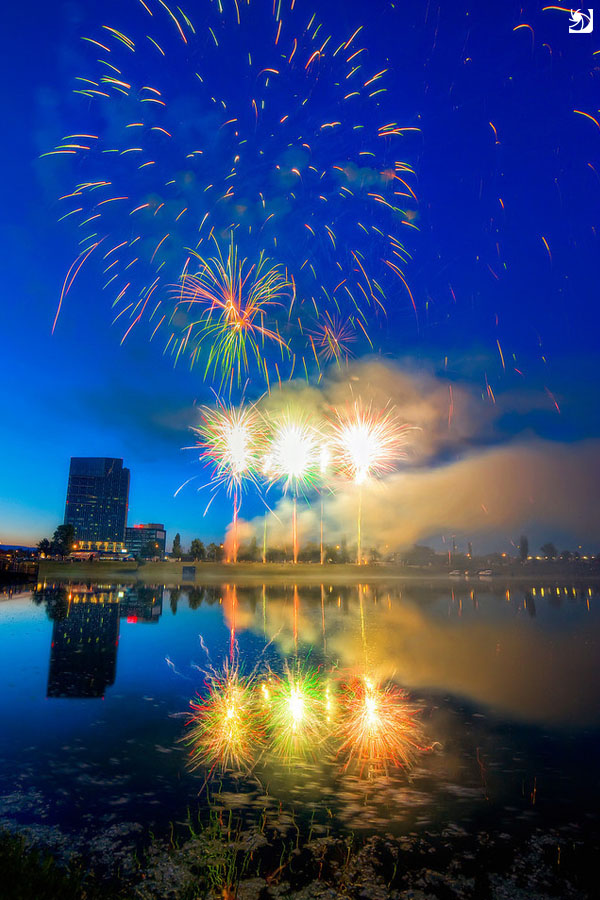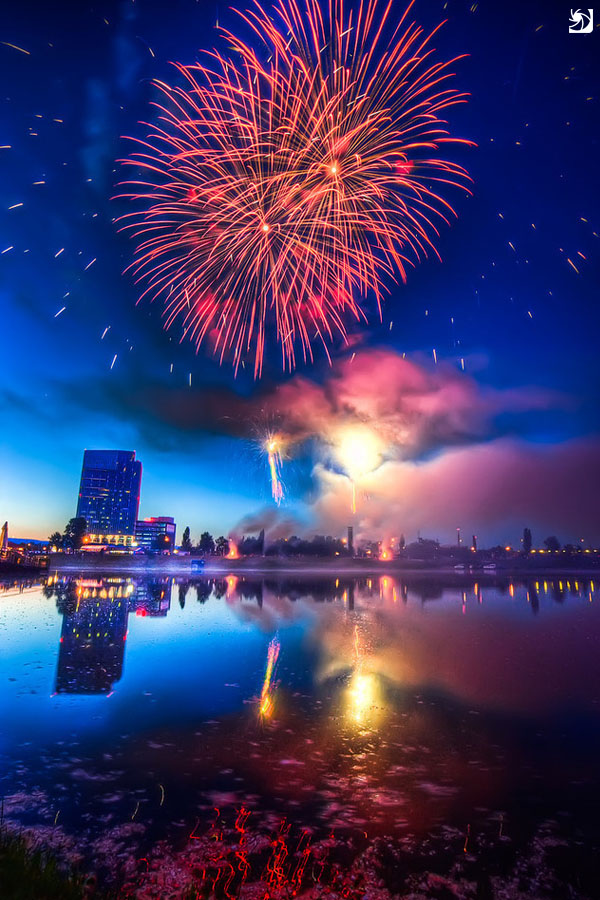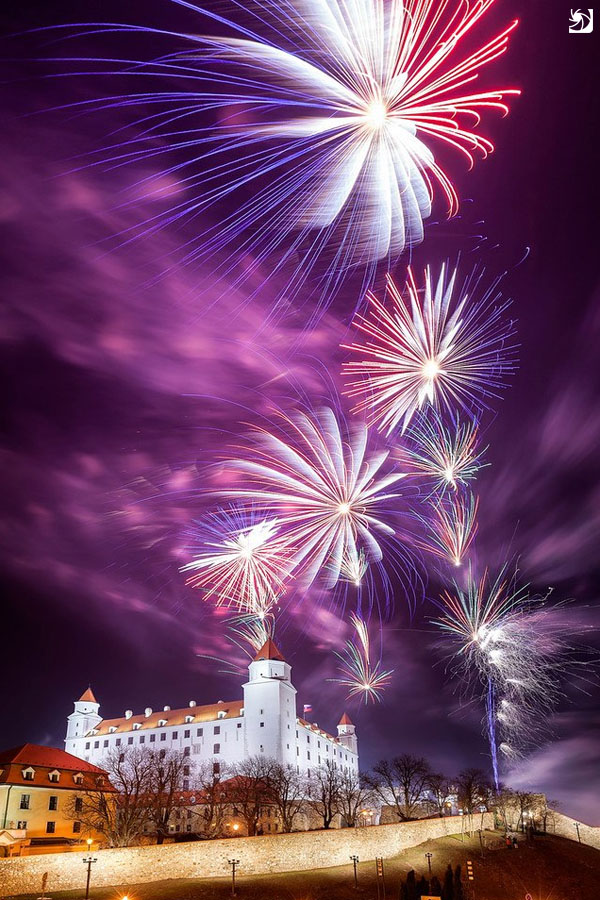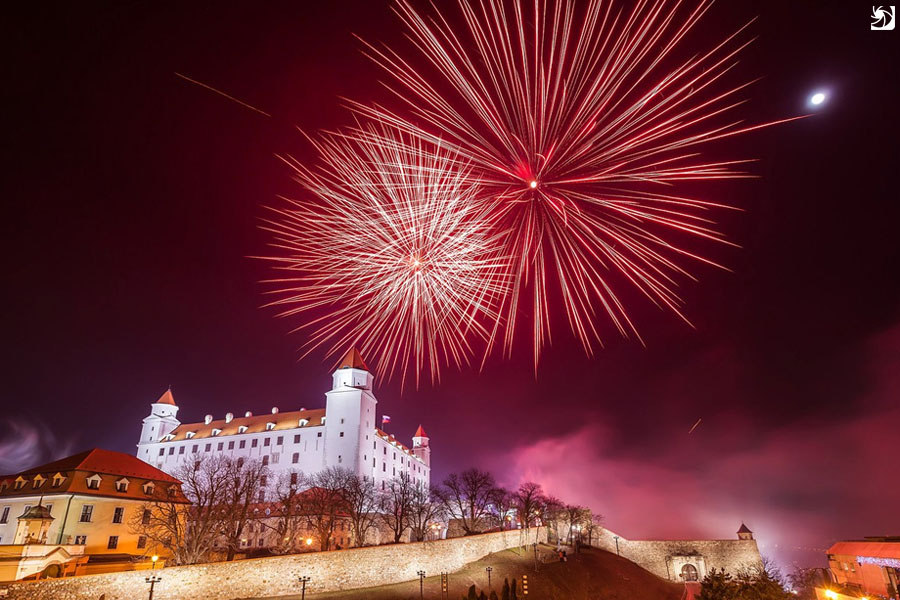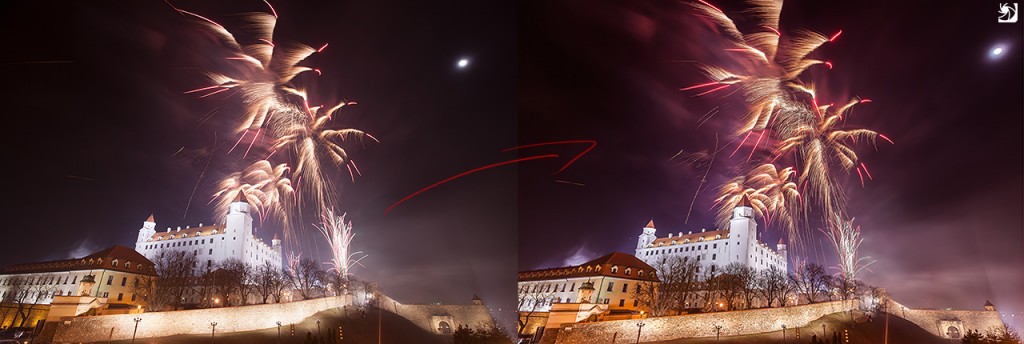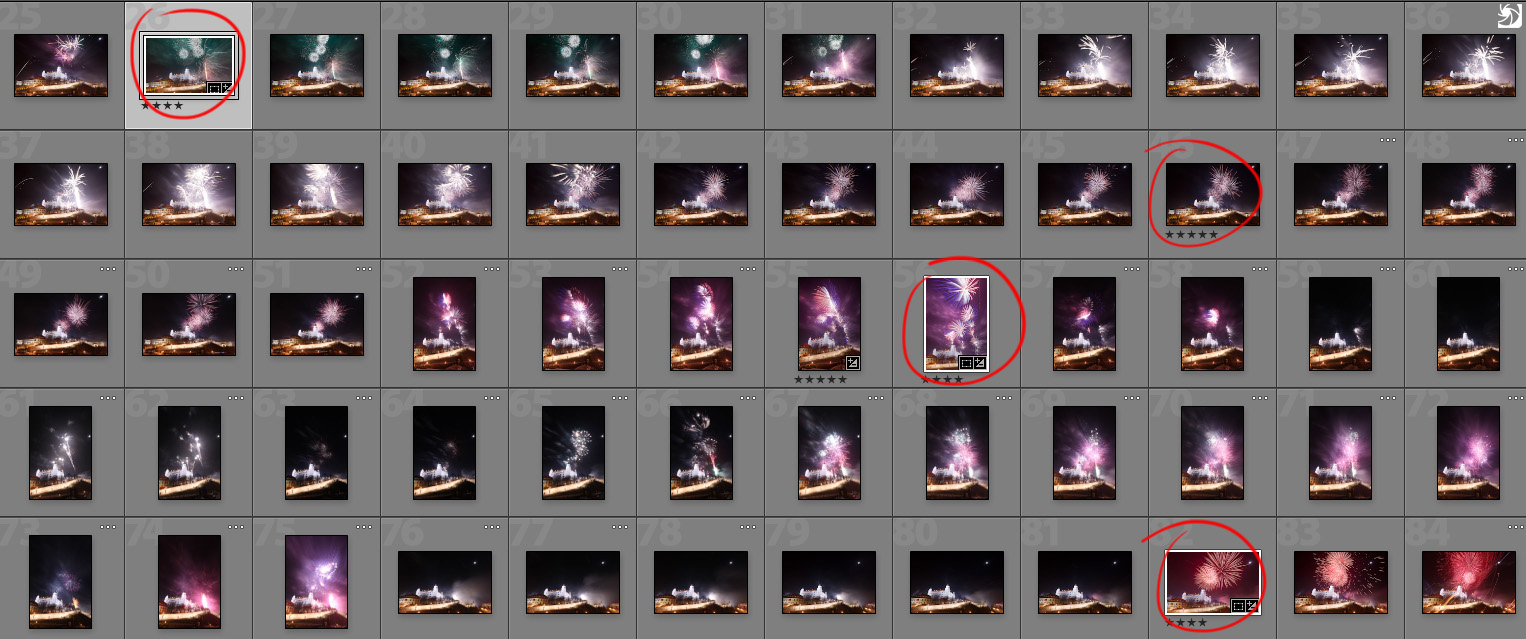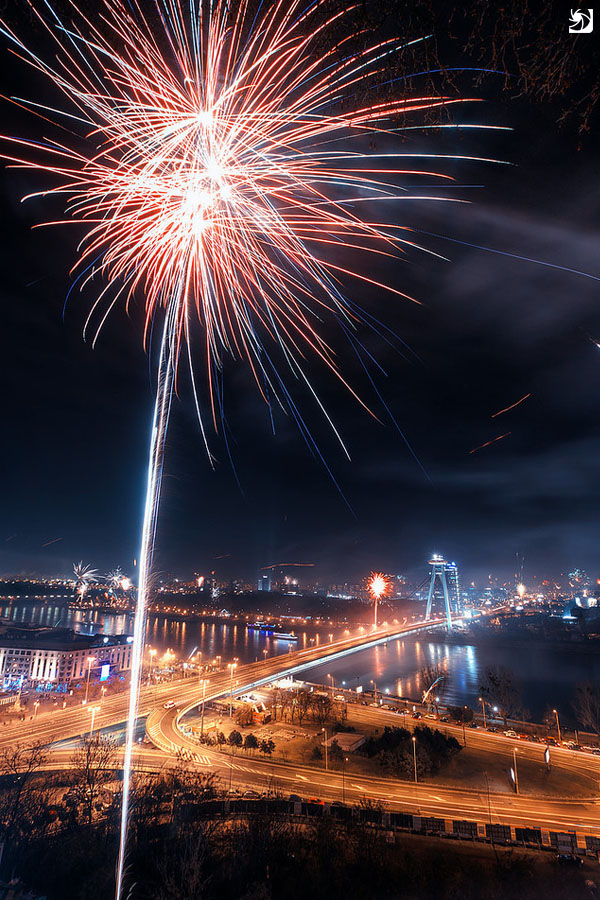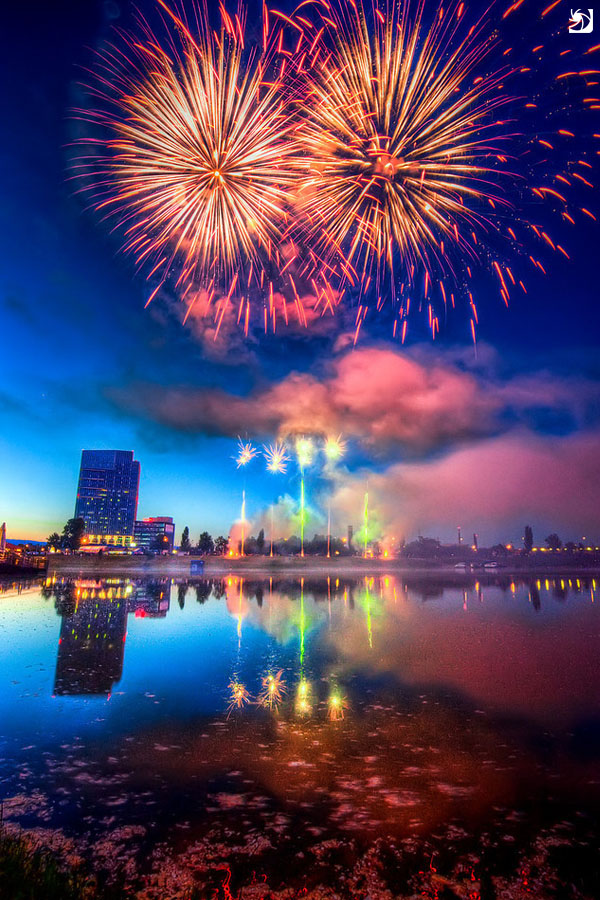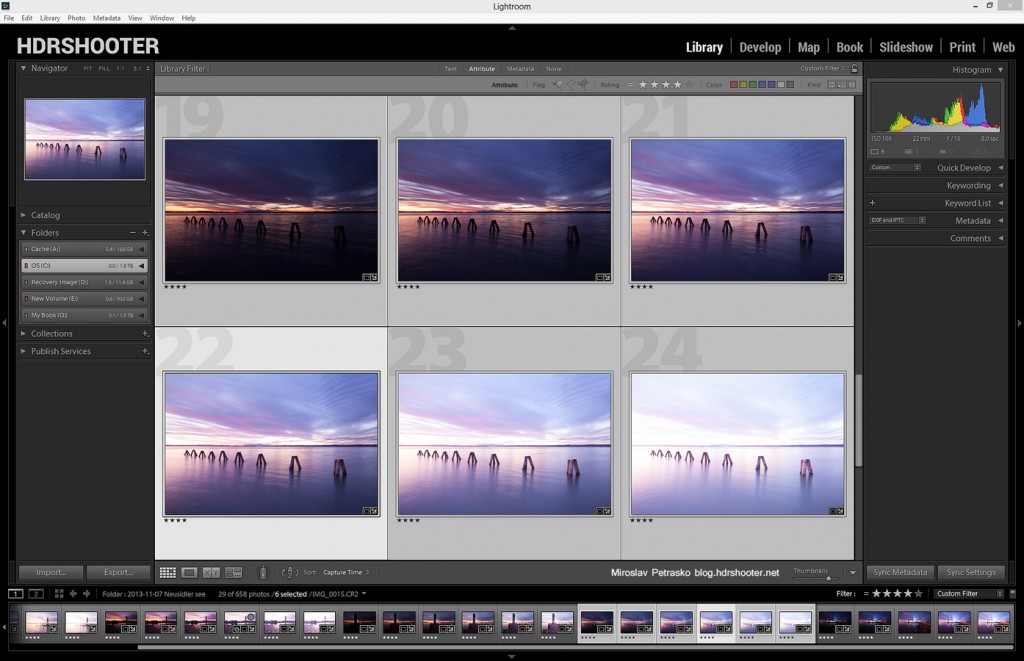Article on composition
I wrote an article about photography composition for the HDR one magazine. It’s a collection of rules you can follow to get better photos. For those interested, it can be found here.
Panorama from Rocky Mountain Lake
I had a panoramic head for some time, but haven’t used it that much. But as I bought a new PC recently, I finally have a computer that is able to handle images of this size. For instance this one is stitched from 9 photos for a total 70 megapixels in size. This is one of the panoramic shots I took at the Rocky Mountain lake in High Tatras. I went there during Christmas for a little trip :)



